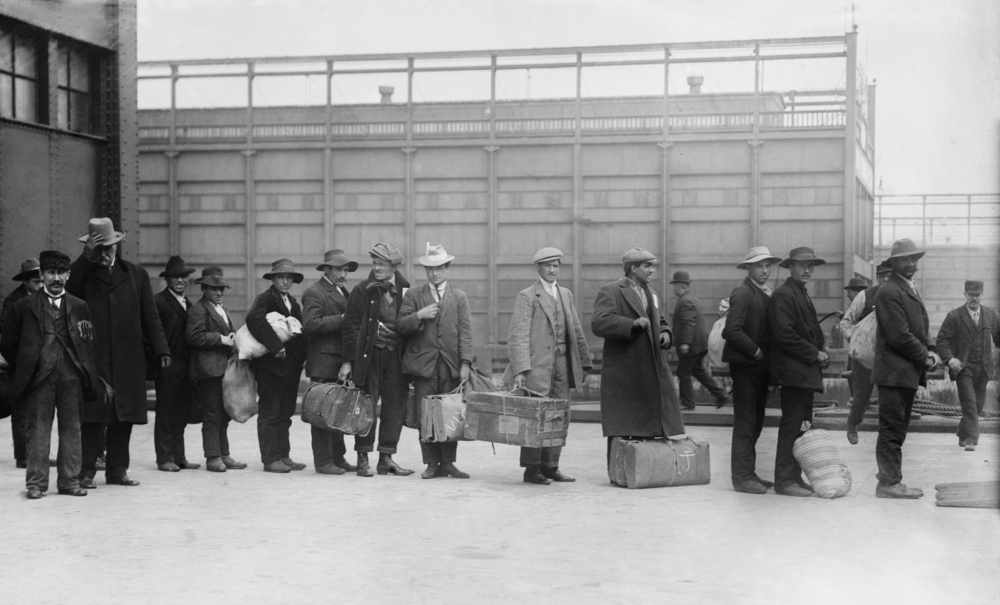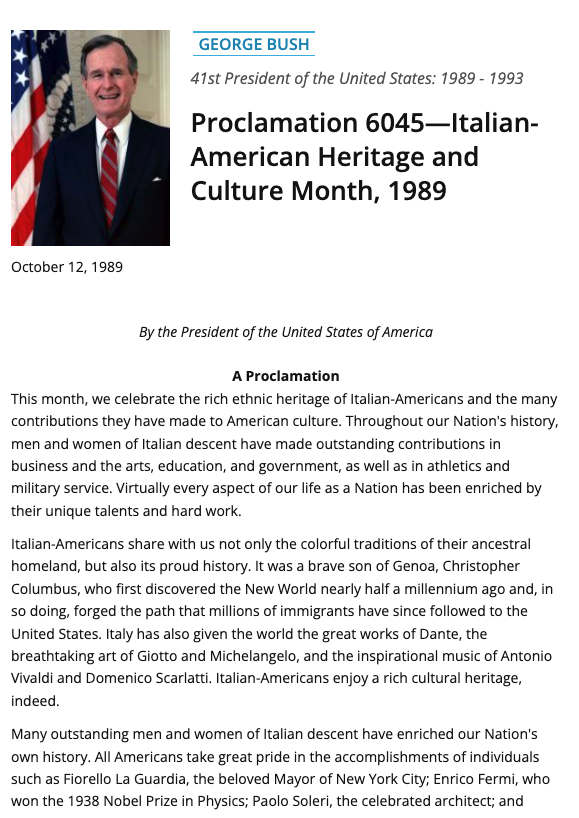Italian American Heritage Month, celebrated every October, honors the rich history and contributions of Italian Americans to the United States. First proclaimed in 1989, this month-long event recognizes the role of Italian Americans in shaping the nation. From arts and sciences to politics and cuisine, their influence is undeniable. So, why do we celebrate this month? Let’s dive into the history and significance of Italian American Heritage Month.
The Great Arrival: Italian Immigration to the U.S.

Between 1880 and 1924, more than 4 million Italians immigrated to the U.S., most entering through Ellis Island. This wave of immigration is known as “The Great Arrival.” Italians left behind economic hardship, natural disasters, and political unrest. They sought better opportunities, hoping for a new life in America.
Upon arrival, many faced challenges like discrimination and poverty. However, they built close-knit communities, preserved their traditions, and contributed to America’s growth. These communities formed the foundation of Italian American culture, which we celebrate today.
Why October?
October was chosen to celebrate Italian American Heritage Month due to its connection with Columbus Day. The holiday, observed on the second Monday of October, honors Christopher Columbus’s voyage to the Americas in 1492. While Columbus Day is controversial today, Italian American Heritage Month shifts the focus to celebrating the broader contributions of Italian Americans.
October also marks the harvest season in Italy, a time of celebration and festivals. Italian American communities across the U.S. honor this connection through parades, food festivals, and cultural events.
Contributions
Italian Americans have made lasting contributions across various fields. In the arts, legends like Frank Sinatra, Martin Scorsese, and Sophia Loren left an indelible mark on music and film. In politics, Geraldine Ferraro became the first female vice-presidential candidate, and Nancy Pelosi made history as the first female Speaker of the U.S. House of Representatives.
Italian American cuisine is also a cultural staple. Dishes like pizza, pasta, and gelato have become beloved American favorites. While spaghetti and meatballs aren’t traditional in Italy, they represent the fusion of Italian and American flavors.
Facts About Italian American Heritage Month

- Established in 1989: President George H.W. Bush proclaimed Italian American Heritage Month, officially recognizing the contributions of Italian Americans.
- Tied to Columbus Day: The holiday aligns with Columbus Day, historically celebrated by Italian Americans as a source of pride.
- Italian Americans Today: Italian Americans make up about 5.5% of the U.S. population, representing one of the largest ethnic groups in the country.
- Celebrations Across the U.S.: Major cities like New York, San Francisco, and Chicago hold Italian American festivals in October.
- Contributions to U.S. History: From labor movements to military service, Italian Americans have played key roles in shaping the country.
Modern Celebrations

Today, Italian American Heritage Month includes a variety of celebrations. Communities across the country host parades, film screenings, and educational programs. These events allow Italian Americans to connect with their roots while sharing their culture with others.
In addition, schools and organizations hold lectures and workshops to teach younger generations about Italian American history. The month also offers a chance to celebrate Italian American achievements in modern society.
Stories of Resilience
Italian American Heritage Month is a time to honor the enduring legacy of Italian immigrants and their descendants. Their stories of resilience and success continue to inspire future generations. As we celebrate their cultural contributions, we also reflect on the values of perseverance and community that define the Italian American experience.



I have written a script Amati: The Violin Makers of Cremona. Synopsis: In Cremona, Italy in 1630 the Amati family renowned for the makers of the Amati violin are living through the hoŕror of the Great Plague. The music and the Great Plague go hand in hand as the Amati family tries to survive. Amati was published in Open Journal of Arts and Letters by Hermoine Laake, editor. My mother (deceased) Catherine Amati would be proud. I am looking for a producer. Thanks Richard John Miller